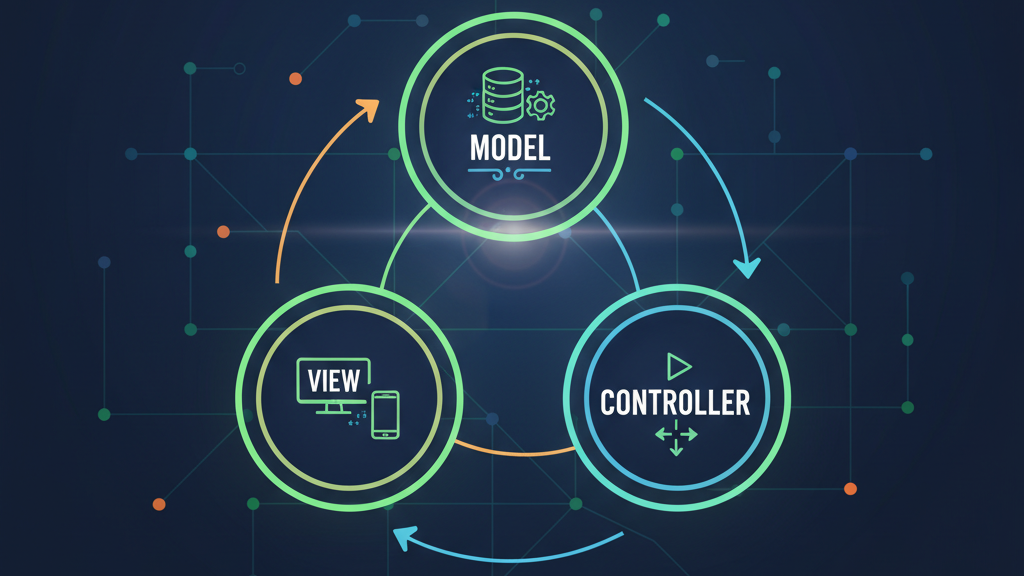The Model-View-Controller (MVC) pattern is a fundamental architectural design pattern that separates an application into three interconnected components. This separation of concerns promotes organized programming and allows developers to build scalable, maintainable web applications. Understanding MVC is crucial for modern web development, especially when working with frameworks and custom applications.
The Three Components of MVC
Model represents the data layer of your application. It handles data logic, database interactions, and business rules. The Model is responsible for retrieving, storing, and manipulating data without concerning itself with how that data will be presented to users.
View manages the presentation layer - what users see and interact with. It displays data received from the Model and presents the user interface. Views should contain minimal logic and focus solely on rendering information in a user-friendly format.
Controller acts as an intermediary between Model and View. It processes user input, makes decisions about what data to retrieve from the Model, and determines which View to display. Controllers contain the application's business logic and coordinate the flow of data.
Benefits of MVC Architecture
The MVC pattern offers several advantages. Separation of concerns allows developers to work on different components independently, improving team collaboration. Maintainability increases because changes to one component don't necessarily affect others. Testability improves since each component can be tested in isolation. Reusability is enhanced as Models and Views can be reused across different parts of the application.
MVC in PHP: Practical Implementation
PHP developers frequently implement MVC patterns in both custom applications and popular frameworks like Laravel, CodeIgniter, and Symfony. Here's how MVC translates to PHP development:
PHP Models typically interact with databases using PDO or ORM libraries. A User model might handle user registration, authentication, and profile management. For example, a getUserById() method would query the database and return user data without knowing how that data will be displayed.
PHP Views are often PHP files containing HTML with embedded PHP for dynamic content. Template engines like Twig or Smarty can separate presentation logic even further. Views receive data from Controllers and format it for web browsers, mobile apps, or API responses.
PHP Controllers process HTTP requests, validate input, call appropriate Model methods, and select Views for response. A UserController might handle login requests by validating credentials through the User model and redirecting to either a dashboard view or login error view.
Real-World PHP Use Cases
E-commerce applications benefit significantly from MVC structure. Product models manage inventory data, shopping cart views display items and totals, while checkout controllers process payments and update order status.
Content Management Systems (CMS) use MVC to separate content data (Models), theme templates (Views), and administrative logic (Controllers). This allows non-technical users to modify content without affecting underlying code.
API development in PHP leverages MVC by using Models for data processing, JSON views for response formatting, and Controllers for request routing and authentication.
Conclusion
The MVC pattern provides a robust foundation for PHP web development. By separating data management, presentation, and business logic, developers create more organized, scalable applications. Whether building custom solutions or working with established frameworks, understanding MVC principles leads to cleaner, more maintainable code that stands the test of time.

